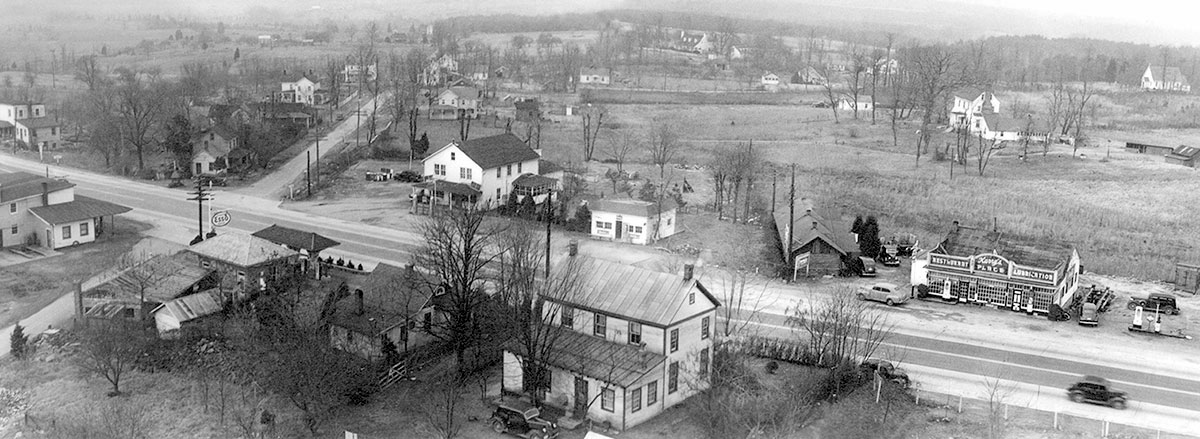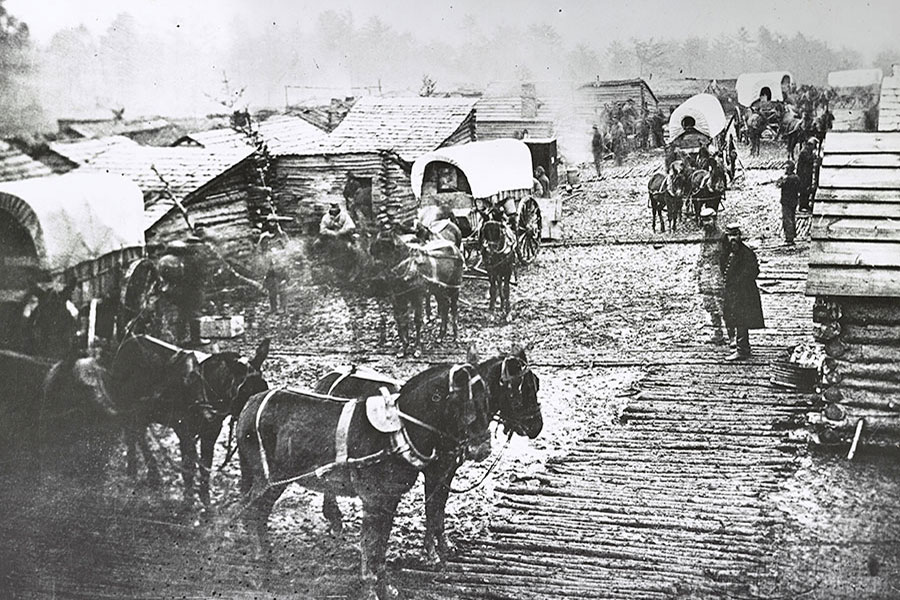Centreville sits at a crossroads of history

A network of roads from towns like Alexandria and Warrenton brought merchants, artisans, and farmers. Those roads also carried enslaved people and indentured servants to the community. During the Civil War, the town's location drew the armies from both sides of the conflict. Centreville's history is an intersection of opportunities and challenges. The result is today's modern, diverse suburban community.
Want a glimpse of what it was like to live in Centreville in days past? In Historic Centreville Park, you can see homes from two time periods and walk through Civil War fortifications. Mount Gilead House, which was also a tavern, was built around 1785. About 150 years later, the Spindle family built their home. We call it the Spindle Sears House because it came as a kit from Sears, Roebuck & Company.







